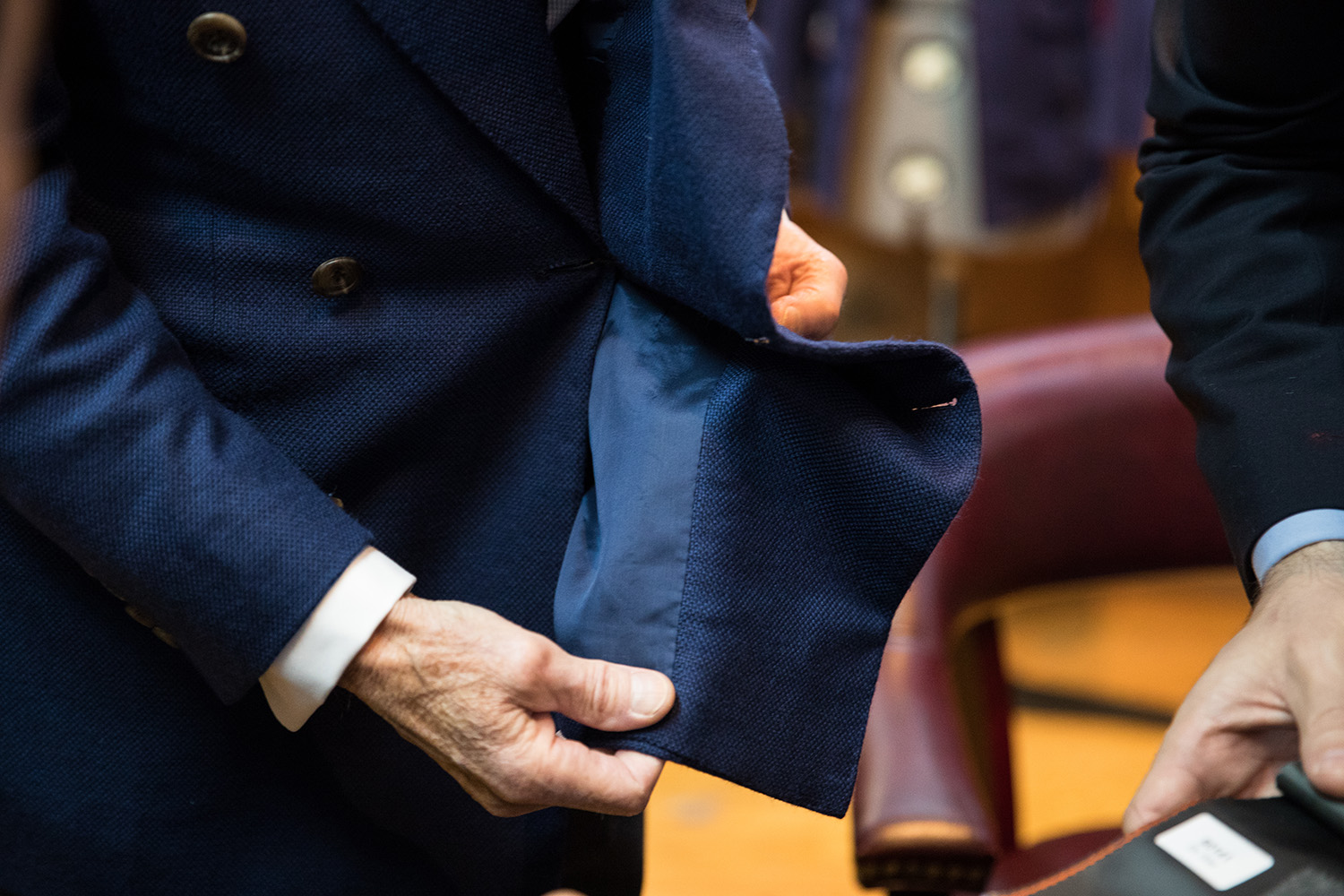Victorian times were divided into different periods.
During the early Victorian era, women wore dresses with flowing skirts and empire waistlines. They lacked petticoats, as they did during the Regency period.
A crinoline with a full hoop skirt was awkward as hell during the Victorian era. However, they are surprisingly attractive in the summertime. The skirt sways to keep your legs cool.
The late Victorian era dresses are exceptionally comfortable and versatile since the skirts are separate pieces.
Not the clothes, but the underwear is uncomfortable. A Victorian dresses woman would wear a shift, stockings, boots or shoes (you cannot put them on after lace up your corset), a corset cover, petticoats (sometimes as many as four), and bloomers (those hoop skirts caught the wind, exposing more skin than was appropriate). After that, she could put on her clothes.
Corsets that are properly laced and fitted are incredibly comfortable. Wearing a corset makes me feel more secure and comfortable than wearing anything else. Having one envelops me. Corsets that aren’t the right fit can be painful.
They were all small. On the Oregon trail, women did not wear them as they crossed the plains. Women who worked in factories did not wear them either. In the Midwest and New England, subsistence farmers did not wear them.
Large dresses were fashionable when they were invented, just as stilettos of seven inches are today.
When you study 19th century clothing with only Godey’s illustrated prints, you have a distorted view of what people wore in the 19th century. Each month, the magazine featured evening gowns, morning dresses, seaside costumes, riding habits, and dinner dresses. Since most readers of the magazine dress for social and domestic activities, with a few seasonal additions for summer and winter, they wouldn’t need such an extensive wardrobe. The practice was followed by several magazines, including Peterson’s, Arthur’s, Graham’s, Leslie’s, and Harper’s.
Those who are interested in historic fashion find nineteenth-century clothing particularly fascinating because there is an extensive photographic record of what people actually wore. Interpretations of the hand-drawn or engraved fashion plates that women of the period aspired to are no longer sufficient for the study.
Despite this, these portraits should not be drawn in an overly generalistic manner. Although the images are studio portraits, they don’t provide the informal insight of 20th-century candid snapshots, which showcase a variety of clothing in various settings. Further, the clothing worn in a studio photograph was generally that person’s “best dress,” as American middle-classes of the mid-19th century lacked the variety of clothing they have today.
The “look” a woman wanted was the same regardless of what extravagances she could afford. Women during the Civil War period often wore tight-fitting clothing to create an appearance of a narrow waist. A variety of garments were designed to create the illusion of wide shoulders and hips by emphasising a narrow waist. Foundation garments made the body appear even more distorted.


More Stories
How To Pick A Perfect Engagement Ring: A Comprehensive Guide
The Second Skin Advantage: How Compression Tops Help Boost Your Strength Training Performance
Fashion Icons You Need to Follow for Inspiration